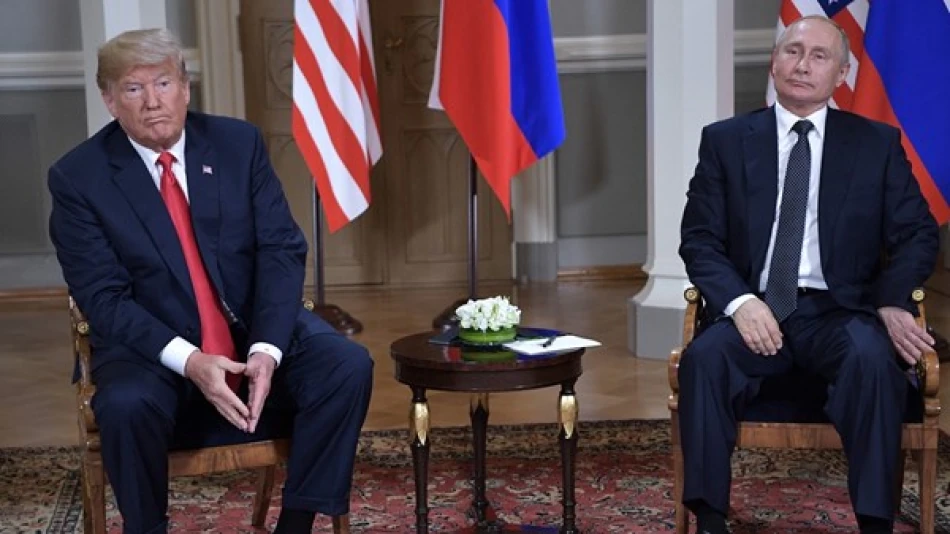
Trump Shares Insights on Upcoming Summit with Putin
Trump-Putin Alaska Summit: High-Stakes Diplomacy or Political Theater?
President Donald Trump is set to meet with Russian President Vladimir Putin in Alaska Friday in what could be the most significant diplomatic gambit to end the Ukraine war since it began in February 2022. Trump's pre-summit comments suggest cautious optimism about Putin's willingness to deal, but the president stopped short of guaranteeing immediate results, warning of potential new sanctions if negotiations fail.
The Alaska Gamble: Why Location Matters
The choice of Alaska as a meeting venue carries symbolic weight reminiscent of Cold War-era summitry. The state's position as a bridge between American and Russian territories offers neutral ground that could facilitate frank discussions without the diplomatic baggage of Washington or Moscow. This mirrors historical precedents like the 1986 Reykjavik Summit between Reagan and Gorbachev, where geographic isolation allowed for breakthrough conversations.
Trump's decision to meet Putin before consulting Ukrainian President Volodymyr Zelensky represents a significant shift from the Biden administration's approach, which prioritized Ukrainian agency in any peace negotiations. This sequencing could signal Trump's belief that Moscow holds the keys to resolution, but it also risks alienating Kyiv and European allies who have invested heavily in Ukraine's defense.
Market Implications and Economic Leverage
Financial markets will be watching closely for any signs of sanctions relief, which could dramatically reshape global energy flows and commodity prices. Russian assets have remained largely frozen out of Western markets since 2022, creating pent-up demand among investors willing to bet on normalization. However, Trump's warning about additional sanctions if talks fail suggests he's prepared to escalate economic pressure—a tool that has proven more effective than many initially expected.
The potential for a "border exchange" that Trump hinted at could involve territorial concessions that fundamentally alter the post-Cold War European order. Such arrangements would likely face fierce resistance from NATO allies and could set precedents for other territorial disputes worldwide.
The Three-Summit Strategy
Trump's mention of three potential locations for a follow-up meeting including Zelensky reveals a structured approach to peacemaking that goes beyond typical photo-op diplomacy. This multi-stage process suggests recognition that any sustainable agreement will require buy-in from all parties, not just the primary combatants.
The success or failure of the Alaska meeting will likely determine whether Trump's approach represents a genuine breakthrough or merely delays the inevitable continuation of conflict. Unlike previous peace efforts that focused on incremental ceasefires, Trump appears to be betting on a comprehensive deal that addresses underlying territorial and security concerns—a high-risk, high-reward strategy that could either end Europe's largest conflict since World War II or further entrench opposing positions.
Most Viewed News

 Layla Al Mansoori
Layla Al Mansoori






